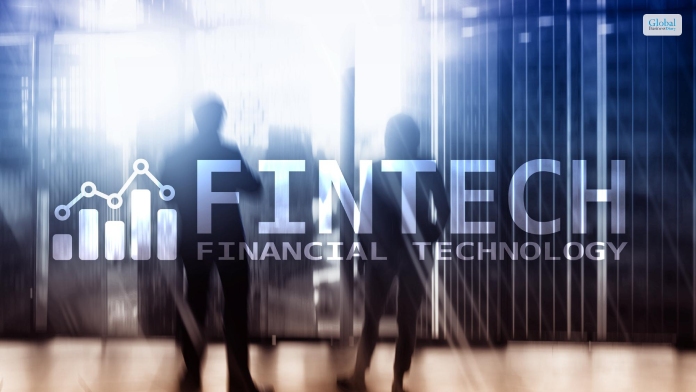Choosing The Right Internet Service For Your Business: A Strategic Guide

In the ever-evolving realm of current enterprise, the choice of a web service provider (ISP) can be a make-or-destroy choice. The digital age needs now not simply connectivity but a reliable and robust internet connection to fuel communique, collaboration, and common productivity.
This complete guide ambitions to delve deeper into the decision-making method, presenting strategic insights into key considerations that may manual you toward choosing a web provider that seamlessly aligns with your enterprise wishes.
I. Assessing Business Needs
The initial step on this adventure entails a meticulous assessment of your business desires. The length of your agency, the range of customers, and the intricacies of your online sports form the muse of this evaluation.
Understanding the nuances of your usage patterns allows for a tailor-made method, making sure that the chosen internet plan is precisely attuned to the precise demands of your business operations.
Ii. Types Of Internet Services

The panorama of internet offerings is huge, imparting a diverse array of options, every with its own set of benefits and boundaries. This phase gives a detailed exploration of conventional Digital Subscriber Line (DSL) and cable services, together with present-day Fiber-optic and satellite TV for PC options.
Recognizing the precise characteristics of every empowers agencies to make informed decisions based not only on their operational needs but also on geographic concerns.
Iii. Internet Speed Requirements
In the era of rapid records, the velocity of your net connection is an important element that can’t be understated. Different enterprise sports demand varying ranges of velocity, making it crucial to align your chosen velocity with your particular operational wishes.
Whether your commercial enterprise mainly includes ordinary email communique, bandwidth-intensive video conferencing, or common big statistics transfers, ensuring that your preferred speed meets and exceeds those necessities is paramount for premier performance.
Iv. Reliability And Uptime Guarantees
In the quick-paced and interconnected global of business, downtime isn’t always simply inconvenient; it interprets to misplaced opportunities and sales. Reliability and uptime guarantees out of your ISP become important considerations.
This segment sheds light on the importance of uninterrupted service for seamless commercial enterprise operations, customer interactions, and common productivity. Businesses are advised to research the recognition of ISPs regarding provider interruptions and their responsiveness to technical problems, making sure a steadfast internet connection.
V. Scalability And Future-Proofing
Businesses are dynamic entities, concerned with increase and evolution. Consequently, your preferred internet service needs to be scalable, seamlessly growing alongside your commercial enterprise.
This phase delves into the importance of destiny-proofing your connectivity, allowing for elevated bandwidth wishes, and adapting to technological improvements without causing disruptions in your operations. An ahead-looking method ensures that your net service remains in sync along with your evolving enterprise necessities.
Vi. Contract Terms And Service Level Agreements (SLAs)
Navigating the intricacies of provider contracts and Service Level Agreements (SLAs) is an essential thing of the selection-making system. This segment emphasizes the significance of scrutinizing agreement phrases to keep away from unexpected fees and making sure that your commercial enterprise gets the promised stage of service.
Additionally, it underscores the role of SLAs in ensuring the great reliability of your internet connection. Clear information on contractual obligations empowers businesses to make informed decisions aligned with their financial and operational desires.
Vii. Customer Support And Technical Assistance
In the area of technology, hiccups are inevitable. When they arise, efficient customer service will become the lifeline for businesses. This segment underscores the significance of responsive customer service and informed technical assistance.
It guides agencies to inquire approximately the provision of assist channels, reaction instances, and the expertise of the help team. Ensuring that help is with ease available when wanted isn’t always only a comfort; it’s a vital element in retaining uninterrupted business operations.
Conclusion
In the end, the choice to pick out the proper internet provider for your commercial enterprise is a multifaceted and strategic one that demands cautious consideration of different factors. From information on your specific wishes and exploring the specific styles of services to prioritizing reliability, scalability, and customer support, this large guide equips agencies to navigate the complex panorama of ISPs.
By making knowledgeable choices, agencies cannot only set up a robust online presence that meets modern requirements but also set the foundation for increase and achievement in the virtual era. When it involves the Internet for business, a nicely informed choice isn’t simply a choice; it’s the key to seamless connectivity and superior operational efficiency.
Read Also:














